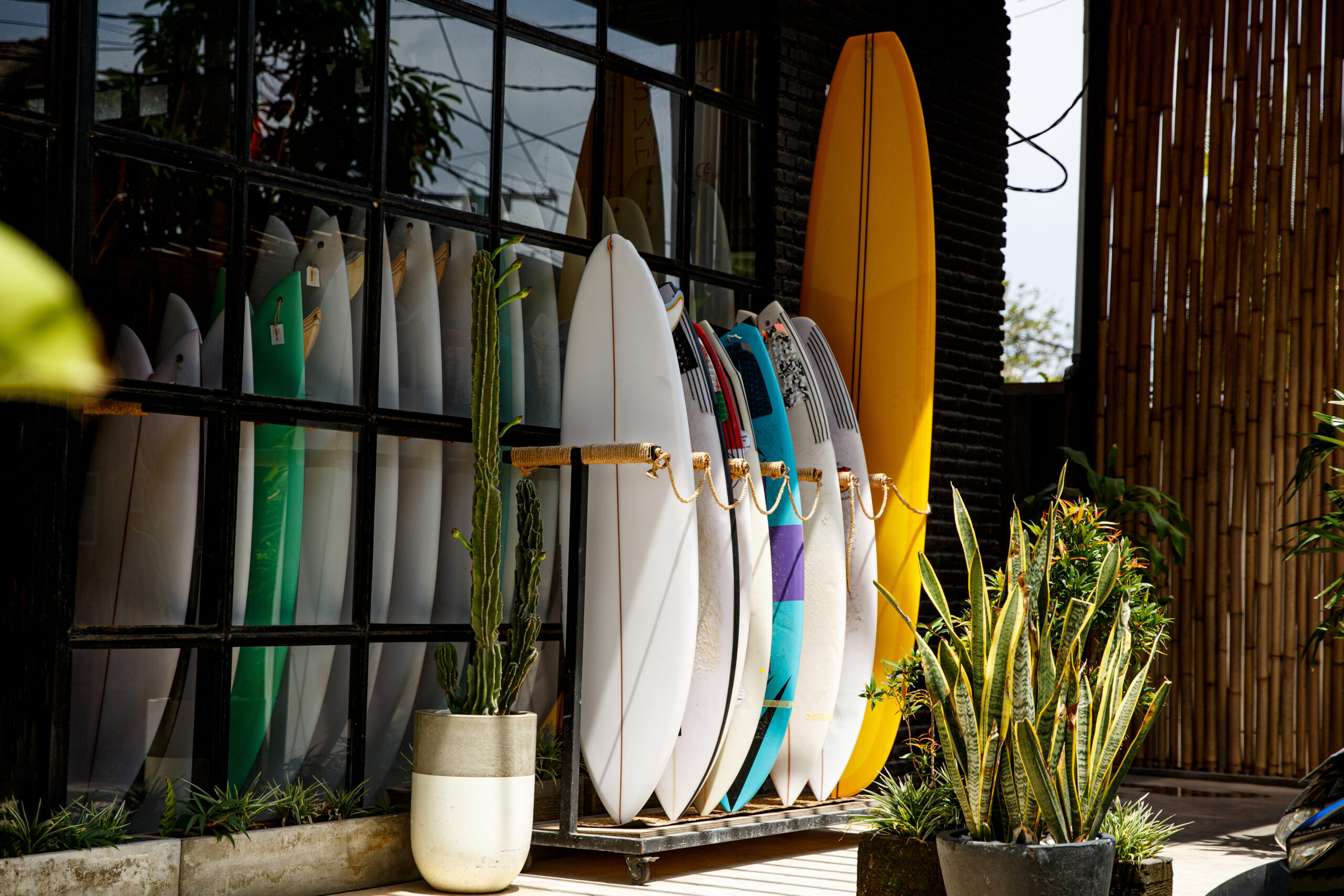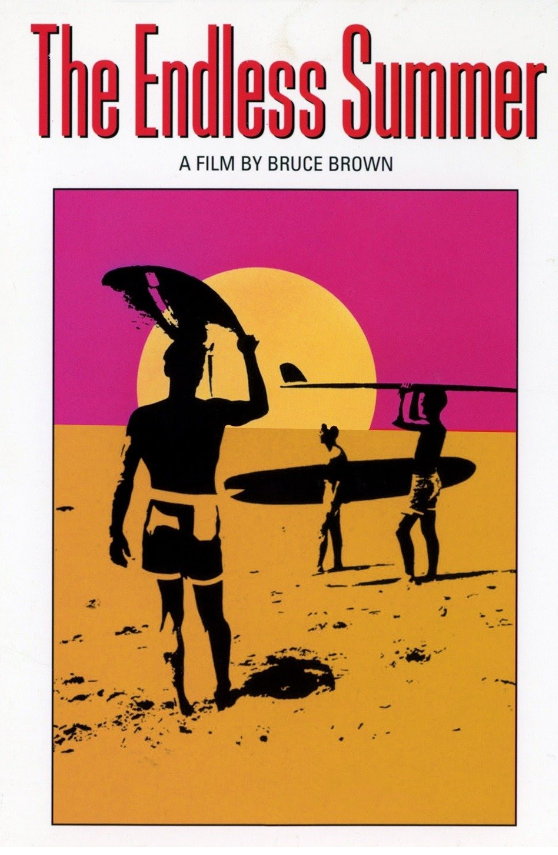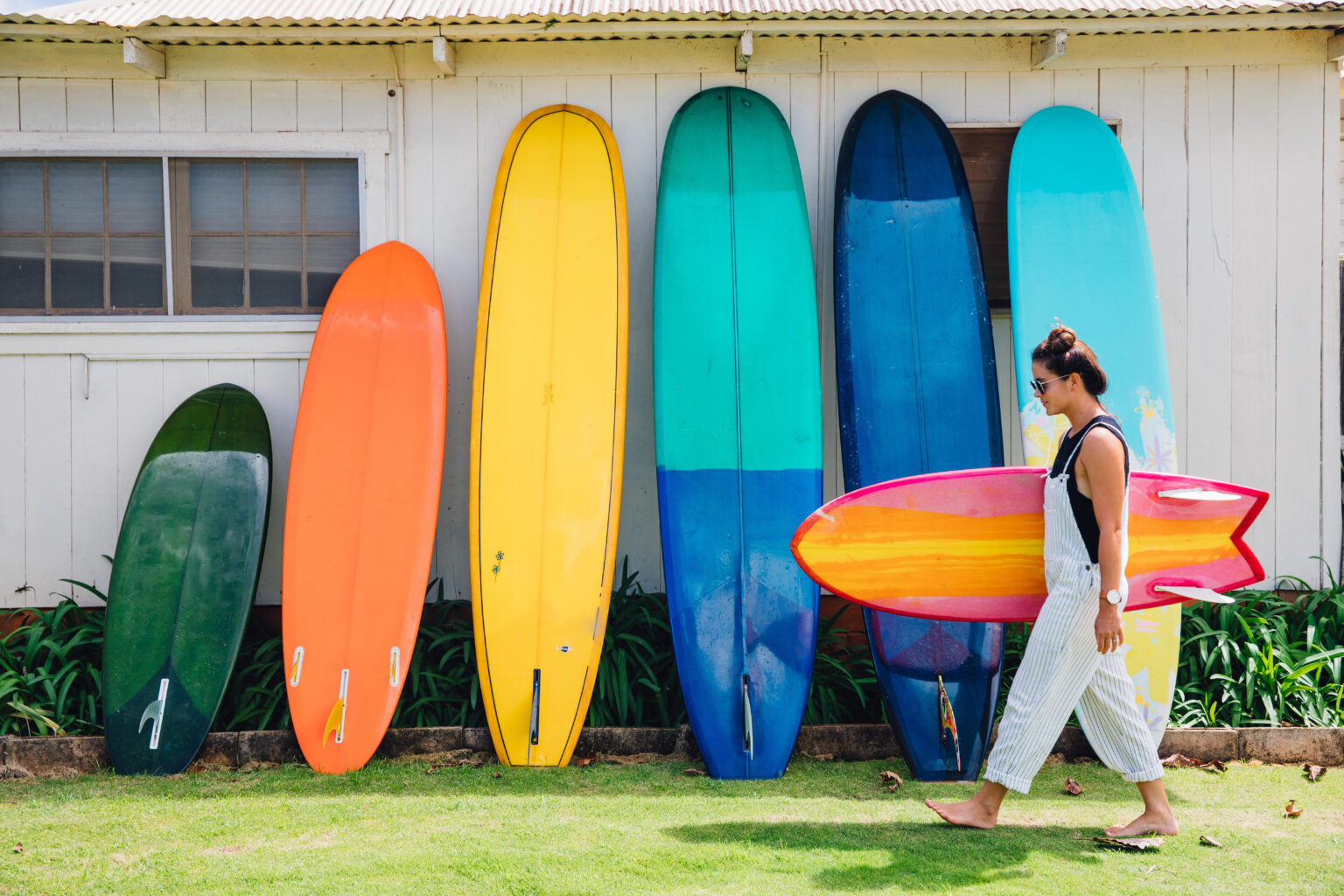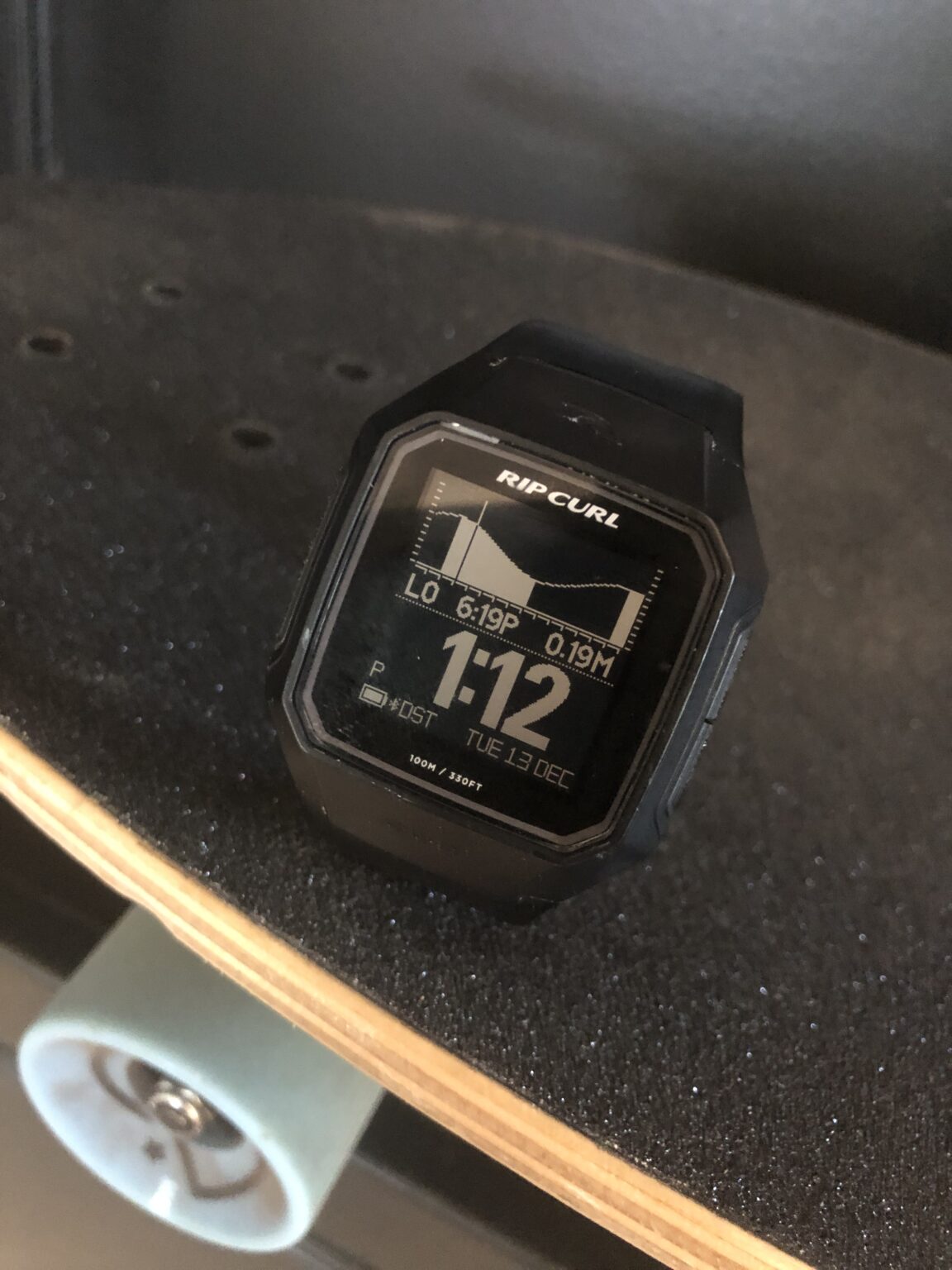A Surfboard Buying Guide for Intermediate to Advanced Surfers
Analysis paralysis. The feeling you likely get when trying to answer the question "what surfboard should I get" out of fear of spending your hard-earned money on something you might not like.
Trust me, as more surfboard options have entered the fold more surfers are experiencing anxiety when trying to determine what surfboard to get.
I find this is especially true for intermediate to advanced surfers who are likely adding an additional board to the quiver, not just buying a single surfboard as a novice might be more concerned about (if the latter is you, check out our guide to how to choose a surfboard).
To help alleviate some of your concerns of experiencing buyer's remorse, here are some considerations that will help you dial in the surfboard you should get.
Surfboard Recommendations
| Wave Type | Surfboard Recommendation |
| Groveler (1-4’) | …Lost Round Nose Fish |
| Everyday conditions (2-5’) | Firewire Flat Earth |
| Everyday conditions (2-5”) option 2 | Channel Islands Happy Everyday Spinetek |
| Good waves (4-10’+) | Pyzel Ghost |
| Just for fun | Sharpeye Sole Softtop CP Surfboard |
Start With a Volume Calculator and Go From There
To get the initial size of a surfboard in a starting place, a good place to start is understanding what your basic surfboard volume should be. As you’ll learn below, this isn’t the end all be all, but it does start to formulate the concept of where most shapers will translate their boards into dimensions that work for you.
In other words, volume will remove any preconceived notions of length, width, and thickness so you can see what the shaper recommends for your volume. You see, there need not be some complex algorithm that goes into understanding the size of surfboard you need, the shapers have done this hard work for you.
If you understand your basic volume, and then the factors that influence where you may be able to slightly go up or down with that volume (which you’ll learn below), you’ll be able to narrow down your board searches much more quickly.
Check out our surfboard volume calculator
Consider the Waves You Are Surfing
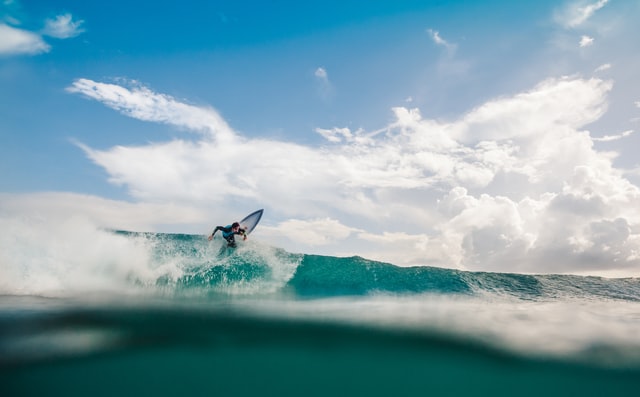
After understanding your volume, consider where you will be surfing this board the most. Is it at your local beachbreak, a point break, a reef break, on a surf trip with heavy waves, or some combination of the above?
Focusing on the purpose of your surfing will help you narrow down your search from potentially 100’s to perhaps a dozen surfboards.
For example, if you find yourself in need of something for the pointbreaks of Rincon or Punta Roca, you may have a wave that is breaking in exactly the same spot every time, allowing you to position yourself in a spot that doesn’t require a lot of heavy paddling. You may also want flatter rocker, a forward concave with a vee out the back, and a rounder squash. For more perspective on pointbreak surfboards, check out this guide featuring Channel Islands shaper Brit Merrick.
Based on the above, an ideal point break and multipurpose board could be the Pyzel Ghost, something you ride around your height to slightly longer.
For more everyday, average surf (2-4’), you probably want something with medium to low rocker, a bit of a wider nose, and probably a fatter, wider tail. For this, I recommend something like the ...Lost Round Nose Fish, which works in mushier waves but can handle waves around head high. This may be what some call a “summer board.” These small wave boards are typically ridden a good 4-5” shorter than your standard shortboard.
Another thing to note about small wave surfboards is that most shapers would actually recommend going up a notch in volume. If you are surfing gutless waves, your whole modus operandi is focused on getting into waves easier and generating speed, something a little extra volume will certainly do.
This brings us to our next point about your inherent ability to create speed.
Consider Your Abilities
Of the reasons to go up or down in volume, your skills on a surfboard may be the most telling. For example, I consider myself an intermediate surfer and typically ride boards in the 29 liter range.
I have a friend who was previously sponsored and is what most would call an advanced surfer. Although he weighs a good 25-30 pounds more than me, he rides boards with about a liter less than I do.
This is worth mentioning because the volume calculations can be brought way down for someone who can generate a lot of speed on a surfboard without a bigger wave. On the other hand, if you are getting older, fatter, and slower, you may just want some generous volume beyond what a surfboard calculator recommends, even if you are an intermediate surfer.
Consider Surfboard Construction
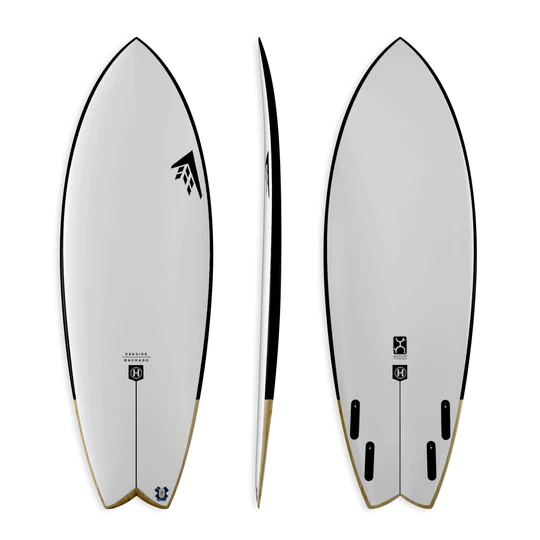
Are you a “I only ride polyurethane (PU)” guy or have you developed a love affair with epoxy (EPS) boards?
PU boards are probably what most of us have historically ridden, even if we’ve made the transition to epoxy. Here are some considerations that may help you to open your mind up to both types of construction.
Polyurethane (PU) Surfboard Construction
Most surfers prefer PU boards for bigger waves or waves that enjoy a bit more weight from the board. PU boards tend to be heavier than epoxy surfboards, which is noticeable when you are sitting in the water or trying to knife into waves a bit more.
PU boards are also cheaper, so if that extra $100 bucks or so is a factor, you may want to seek out some poly boards. The other main difference is the wooden stringer. PU boards have them, EPS boards don’t. The flex characteristics of a stringless board may be discerning to some, while others may not even notice.
Epoxy (EPS) Surfboard Construction
EPS, or epoxy, surfboards are a newer technology that you’ll find in many surfboards today.
EPS boards are a favorite in smaller to medium-sized waves, but tend to be unfavorable with most surfers when the waves get a bit bigger. The construction is considerably lighter than PU, and they are more buoyant than PUs, allowing you to sit on top of the wave a bit more when sitting or shredding. This buoyancy also allows you to potentially go lower on your volume than you would on a PU, which is something you may want to bring up to your shaper the next time you are considering an EPS.
Besides not being a favorite in waves of consequence, many surfers mention that they don’t like EPS boards in choppy conditions, something we get a lot of here in Florida.
But if you are looking for a lighter, more responsive, and more durable surfboard construction, EPS boards are a great option and likely worth the extra coin.
Personally, I like to ride an EPS in the smaller stuff for the buoyancy and responsiveness factors mentioned above. When it gets a bit bigger, I still love my poly boards as I just feel a bit more tuned into the feel of them under my feet.
Thrusters vs Quads
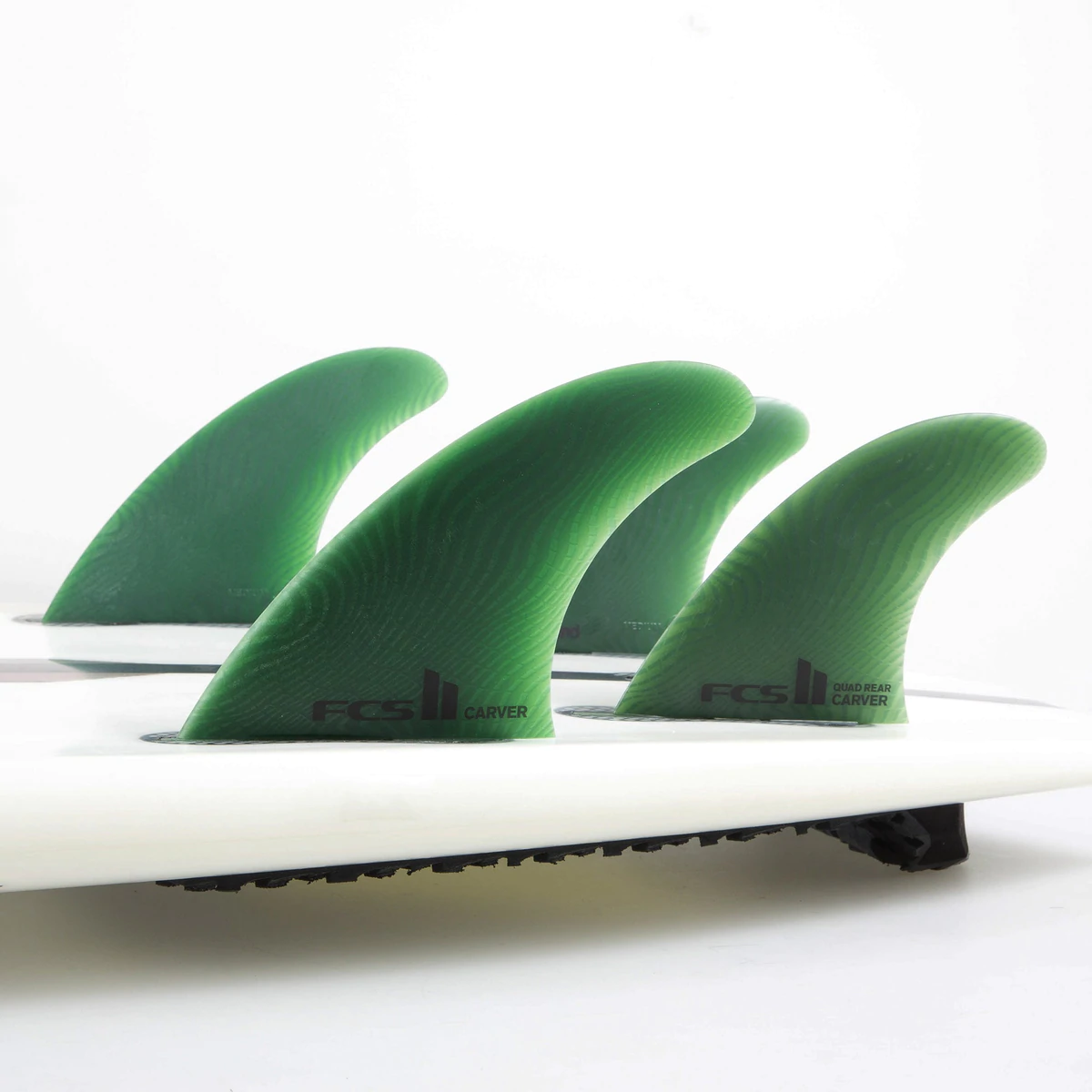
If you are polarized on the PU vs EPS debate, you’ll probably be even more one-sided when it comes to three vs four fins.
This is an area, I feel, that has continued to evolve from even five years ago when most thought of quads as a barrel-riding-only option. You only have to look at the bottom of your board to see that it likely has fin boxes for both a thruster and quad setup to see how shapers feel about it.
Here’s some basic science to formulate an idea of the differences as they apply to drag and speed.
Thrusters have more drag than quads due to the center fin. It tends to only want to accelerate when on rail, whereas a quad – with no center fin and less drag – accelerates more easily.
Here’s what the pros do to add more confusion to the debate.
Kelly Slater is probably credited the most with his use of quads, but only for barrel riding. Initially, Kelly only was seen riding quads backside, but now can be seen riding them at Pipeline (frontside) as well.
World Champ CJ Hobgood also has some illuminating things to say about quads (read the article here). He said they love pointbreaks on your backhand, they need a lot of speed to perform well on turns, and they don’t particularly score well with waves that require multiple turns on your forehand.
While you may not be looking at quads in reference to World Tour heats, it’s important to see what the pros are doing as it influences everything the rest of us do.
Recently, I heard Kelly say he rides a quad at the Surf Ranch, but only backside. This still maintains the “quads work great for backside barreling waves” rule. But the Surf Ranch also allows the opportunity to put the board on rail, so it seems even the GOAT is enjoying quads for turns, although only backside. In terms of frontside turning and quads, Kelly said he doesn’t like to use them because he can’t pivot off the fins the way he can a thruster.
However, Filipe Toledo, the 22’ World Champ, rode a quad to win the title at Lowers, an a-frame point break, to further add confusion to what you are supposed to ride a quad on. Most of his highest-scoring waves were on his frontside.
The takeaway here is that while quads are probably a good idea for backhand surfing in the barrel, you might actually love them in all types of conditions. Like twin-fins, they do generate more speed, so trying it out may be something to consider if you get the opportunity.
Dimensions and Volume Are More Flexible Than You Think
A lot of my surfing buddies live and die by literage. They have very specific dimensions and liters they get time and time again, without ever trying anything new.
Then, when you get a sick new Dark Arts carbon fiber surfboard that is a liter and a half too much for one friend and two liters too few for another, they both suddenly start to reconsider their volume requirements (after test driving it on a few).
The point here is that if you are one of those people who always get the same shaper to make you the same boards with the same dimensions and volume, you are really missing out on some areas of your surfing that you might not know about.
For example, I got on a Channel Islands Fishbeard twin fin for basically a year straight and pretty much didn’t want to ride anything else ever again. When I got back on a thruster I realized my turns were better, with a bit more swoop to them before I mixed it up.
Now I’m not saying go out and spend money on some alternative crafts (I don’t want your hate emails if you don’t like them), but what I am recommending is trying some of your friends’ boards in the water or making friends with someone in the water who has a board you are curious about.
You may suddenly realize that you should go up (or down) in liters, that you love EPS or twin fins, or that an extra inch of length (or lack thereof) makes a major difference in your surfing.
How Important Is the Shaper to You?
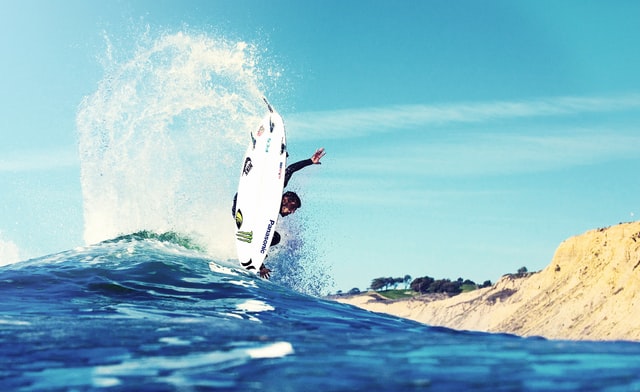
If you are like most average surfers (not necessarily by skill but by sponsor), you likely don’t get discounts on surfboards like the pros do. This would mean that you can stray from the tried and true …Lost or JS you always get over and over.
As it turns out, different shapers excel at different things, so it may compel you to get a …Lost for California beach breaks, a Pyzel for your Hawaii trip, and a Slater Designs for your everyday surfboard.
If you are trying to narrow down your board search to a few options, consider the shapers you respect or the team riders whose surfing you really enjoy. Do you want to surf like a progressive bad-ass like Toledo and Robinson? Get a Sharpeye. Do you want to hammer laybacks like John John? Get yourself a Pyzel. Are you concerned with just having as much fun as possible? Get a …Lost ridden by Mason Ho.
–
So the next time you begin to get the sweats when you start considering what surfboard to get, start with this list. Consider the waves you will be surfing, your abilities as it relates to what you want to do on a board, the construction, the fin setup, the flexibility of dimensions and volume, and the shaper. Then, you should be able to narrow your search down from a few hundred to just a few. Then, buy all three.
Surfboard Recommendations
| Wave Type | Surfboard Recommendation |
| Groveler (1-4’) | …Lost Round Nose Fish |
| Everyday conditions (2-5’) | Firewire Flat Earth |
| Everyday conditions (2-5”) option 2 | Channel Islands Happy Everyday Spinetek |
| Good waves (4-10’+) | Pyzel Ghost |
| Just for fun | Sharpeye Sole Softtop CP Surfboard |

